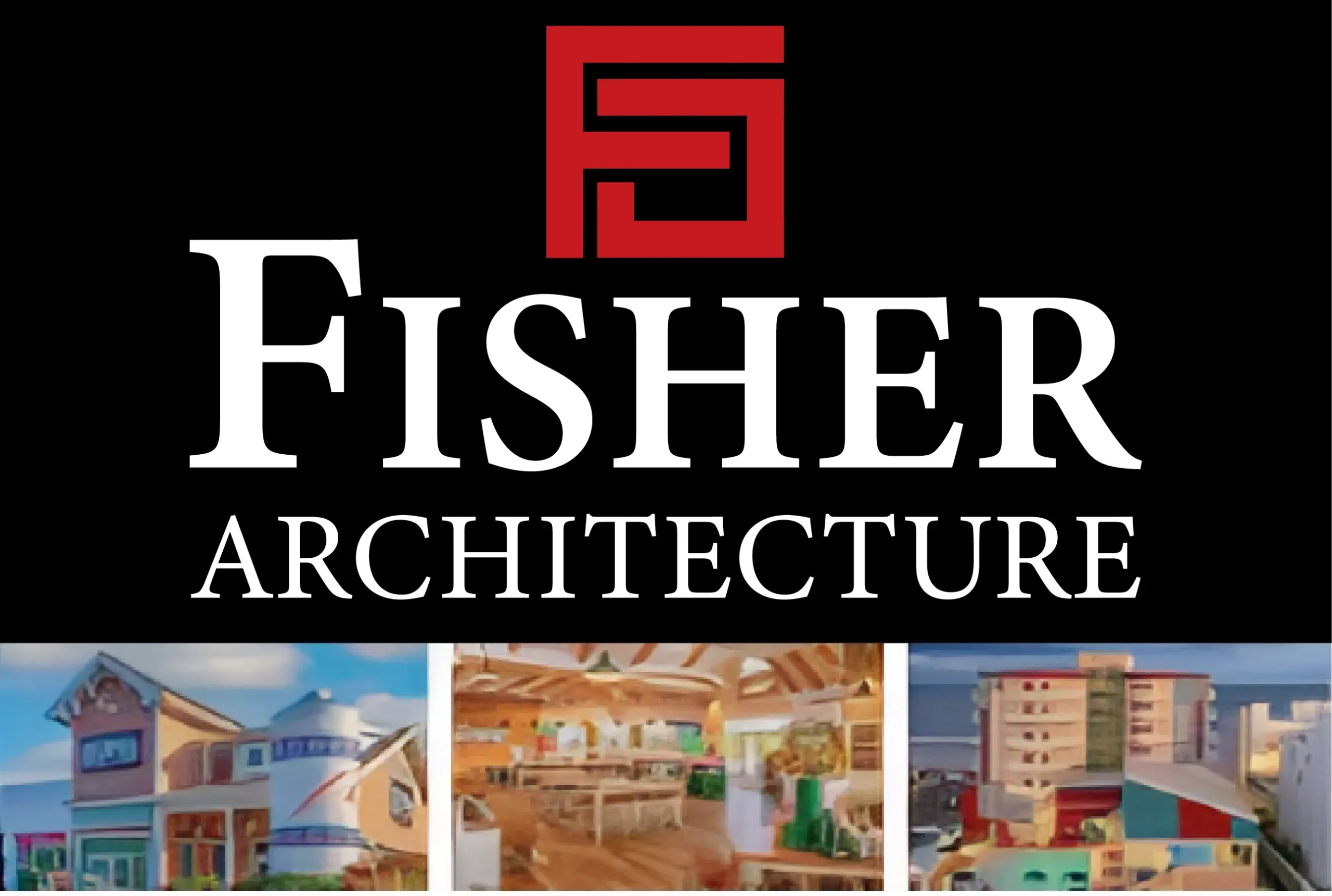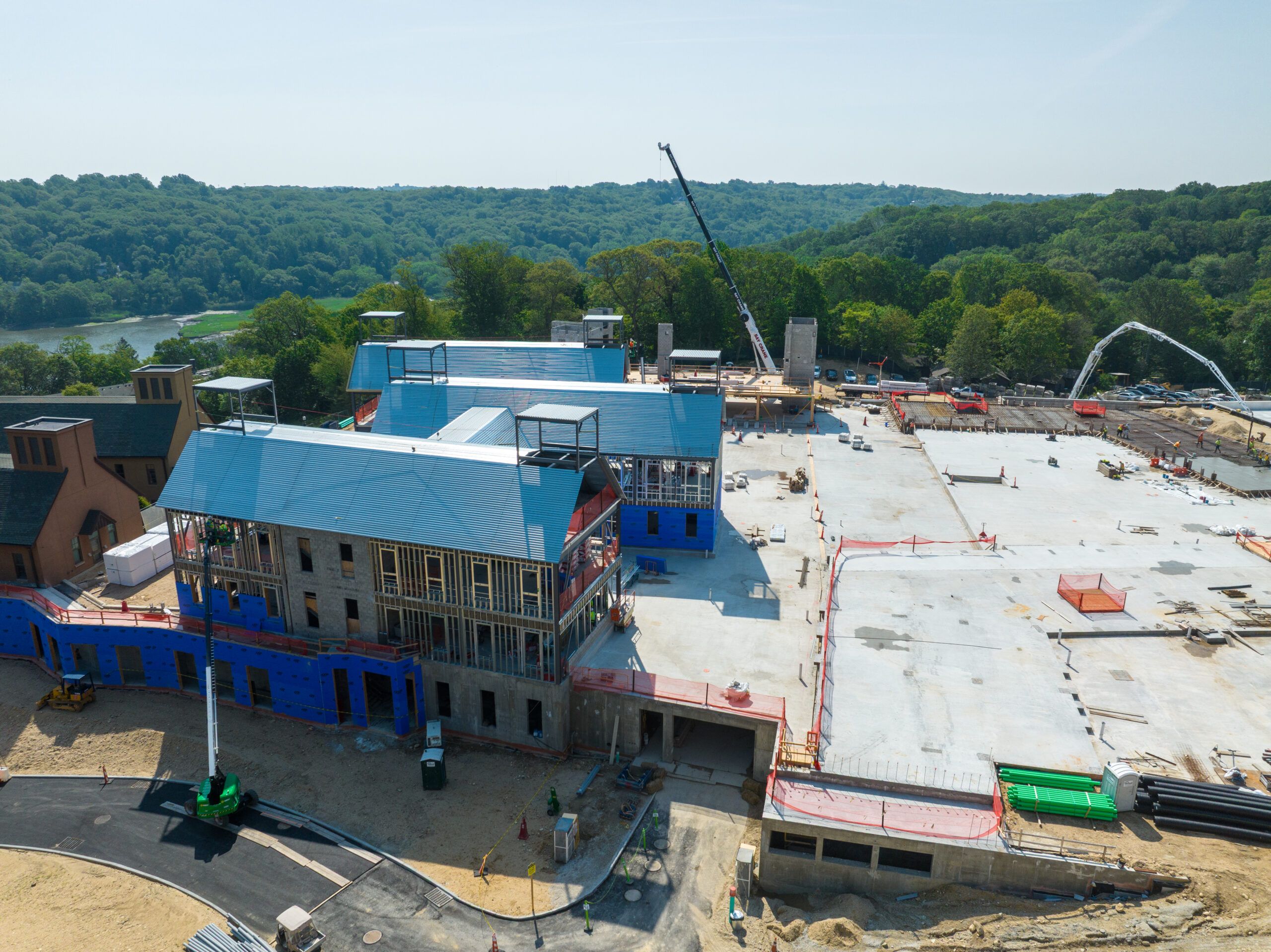Architecture has always been a reflection of society, influenced by cultural shifts, technological advancements, and the evolving needs of communities. However, beyond aesthetics and functionality, architecture is deeply shaped by education.
The way architects are trained, the theories they study, and the skills they develop ultimately determine the spaces they create. As architectural education has evolved, it has played a crucial role in shaping the discipline, integrating new design philosophies, construction techniques, and sustainability practices.
The Influence of Higher Education on Architectural Training
Formal education is the foundation of an architect’s development, providing structured learning that blends technical expertise with artistic creativity. Universities and specialized institutions serve as training grounds where students explore design theories, material sciences, and structural engineering. These institutions emphasize the importance of critical thinking, problem-solving, and adaptability, essential skills for professionals navigating the ever-changing architectural landscape.
One of the significant aspects of architectural education is its multidisciplinary nature. Students engage in various subjects, including history, environmental studies, and computer-aided design. This broad approach ensures that architects understand not only the technical aspects of their work but also the cultural and social implications of their designs.
Over the years, architectural programs have diversified to cater to different interests and career paths within the field. The curriculum now includes specialized tracks focusing on urban planning, sustainable architecture, and digital fabrication. This diversification has led to the emergence of different types of architecture majors, allowing students to align their studies with their professional aspirations. Such options ensure that graduates can contribute meaningfully to various sectors of the built environment, whether through residential design, public infrastructure, or innovative urban solutions.
Traditional vs. Modern Architectural Education
Historically, architects were trained through apprenticeships, learning directly from master builders. This hands-on approach emphasized practical skills, as aspiring architects worked on actual construction projects. However, with the formalization of architectural education, structured programs emerged, combining theoretical studies with technical training.
Traditional education focused heavily on classical design principles, emphasizing symmetry, proportion, and historical styles. While these elements remain important, modern curricula have expanded to incorporate contemporary concerns such as sustainability, digital technology, and human-centered design.
Today’s architectural students are exposed to a wider range of influences than ever before. Digital tools such as parametric design software and building information modeling (BIM) have transformed how architects visualize and execute projects. These technologies enable greater precision, efficiency, and innovation, redefining the design process from concept to construction.
The Role of Studio-Based Learning in Architectural Development
One of the defining aspects of architectural education is the studio-based approach. Unlike traditional classroom settings, studio learning fosters creativity, collaboration, and hands-on experimentation. Students are encouraged to develop unique design solutions through iterative processes, refining their ideas based on feedback from professors and peers.
Critiques and juried presentations are integral to studio culture, challenging students to justify their design choices and think critically about form, function, and user experience. This environment mirrors the professional world, where architects must present their concepts to clients, urban planners, and construction teams.
Studio projects also emphasize real-world problem-solving, pushing students to address practical constraints such as zoning regulations, environmental impact, and budget limitations. By simulating the complexities of actual architectural practice, these exercises prepare graduates for the challenges they will face in their careers.
The Growing Importance of Sustainability in Architectural Education
As climate change and environmental degradation become urgent concerns, sustainability has taken center stage in architectural education. Institutions worldwide are incorporating green building principles into their curricula, teaching students to design with energy efficiency, resource conservation, and ecological impact in mind.
Sustainable architecture goes beyond material choices—it encompasses passive design strategies, renewable energy integration, and the adaptive reuse of structures. Future architects are being trained to prioritize longevity and environmental responsibility, ensuring that their designs contribute positively to the planet.
Courses in sustainable design often include case studies of innovative buildings that utilize cutting-edge technologies such as solar panels, rainwater harvesting systems, and smart ventilation techniques. These examples inspire students to think beyond traditional construction methods and explore solutions that balance aesthetics with ecological consciousness.
The Impact of Technology on Architectural Learning and Practice
The digital revolution has significantly influenced architectural education, providing students with advanced tools to visualize and test their designs. The rise of computational design has opened new possibilities, enabling architects to create complex, data-driven forms that were previously impossible to construct.
Virtual reality (VR) and augmented reality (AR) are also transforming the learning experience, allowing students to immerse themselves in their designs and analyze spatial relationships more effectively. These technologies enhance design comprehension, enabling architects to identify potential issues before construction begins.
Additionally, fabrication labs equipped with 3D printers and robotic arms have become common in architectural schools. These facilities allow students to experiment with physical models and prototyping, bridging the gap between digital design and real-world execution. Such hands-on experiences help architects develop a deeper understanding of materials, construction techniques, and the feasibility of their concepts.
The Future of Architectural Education
As architecture continues to evolve, so must the methods used to educate future professionals. Several trends are shaping the future of architectural training, emphasizing adaptability, inclusivity, and innovation.
One notable shift is the increasing focus on interdisciplinary collaboration. Architects no longer work in isolation; they interact with engineers, urban planners, environmental scientists, and sociologists to create holistic solutions. Educational institutions are reflecting this shift by promoting cross-disciplinary projects and encouraging students to work with professionals from various fields.
Another significant trend is the rise of online and hybrid learning models. While studio-based education remains essential, digital platforms are expanding access to architectural training, allowing students to learn from global experts and participate in remote design workshops. This accessibility is particularly beneficial for individuals in regions where traditional architectural education may be limited.
Furthermore, ethical considerations are becoming a core component of architectural education. Issues such as social equity, inclusive design, and community engagement are now integrated into curricula, ensuring that future architects are not only skilled designers but also responsible contributors to society.
All in all, architectural education has undergone a profound transformation, adapting to the changing needs of society, advancements in technology, and growing environmental concerns. From traditional apprenticeships to modern university programs, the training of architects has evolved to balance theoretical knowledge with practical application.











